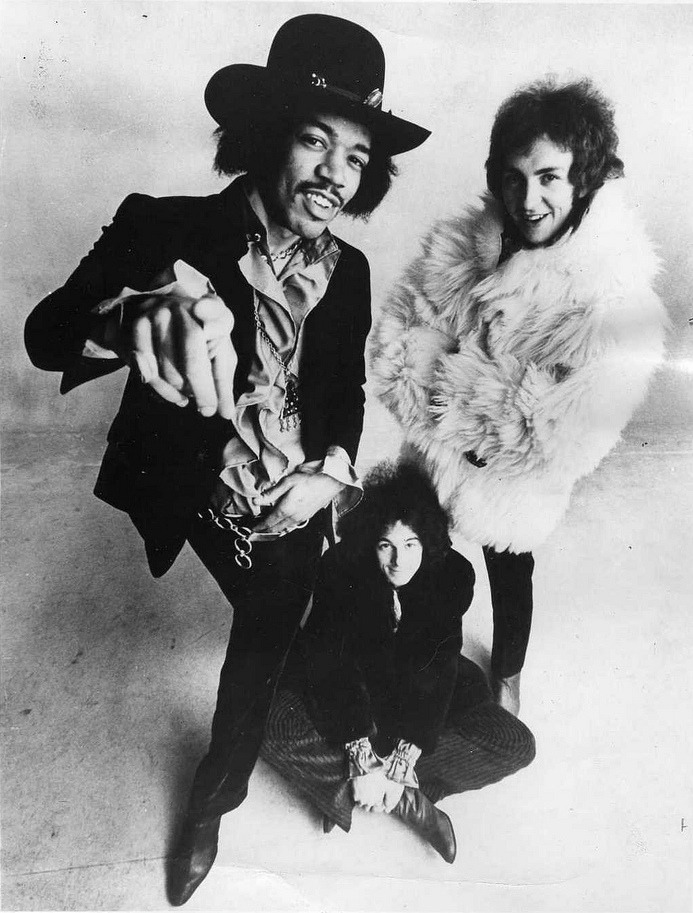There are many famous artists in the music industry who died at a young age. Some of them died because of vehicular and road accidents, while some because of the rock and roll lifestyle and health issues they’ve acquired from it. But there was a theoretical roll of remembrance called The 27 Club. It is a list of popular musicians, and even actors and actresses who died at the age of 27.
The 27 Club started with an unproven claim that there was an increase in statistics for the death of musicians at the age of 27. However, this claim was repeatedly refuted by research. Actual statistics can prove that the 27 club is a myth because the age of 56 has the highest death rate, and there are more celebrities who died at the age of 28 compared to 27.
Some of the popular musicians included in the list are Jimi Hendrix, Brian Jones, Janis Joplin, Jim Morrison, Kurt Cobain, and Amy Winehouse. Though the 27 club is considered as a myth, where could the idea of it came from?
History of The 27 Club
The famous artists who died at the age of 27 between 1969 and 1971 includes Brian Jones, Jimi Hendrix, Janis Joplin, and Jim Morrison. The coincidence of their deaths earned some comments, but it was not until two and a half decades later when the idea of a 27 club started. It was when Kurt Cobain committed suicide.
Kurt Cobain’s mother learned about her son’s death through a radio news. That was where she said, “Now he’s gone and joined that stupid club. I told him not to join that stupid club.”. That line of hers was also published in the Daily World newspaper. However, Kurt’s mother did not say what club it is she was referring to. According to Charles Cross, who is Jimi Hendrix and Kurt Cobain’s biographer, she was referring to the club which includes musicians Hendrix, Joplin, Morrison, and Jones who all died at the age of 27. But the writer of The 27: The Greatest Myth of Rock and Roll named Eric Segalstad said Kurt’s mother was referring to their family’s history of mental illness. In fact, Kurt’s two great-uncles and his great-grandfather all died because of suicide. Still, a lot of conspiracy came out after his death. Some even stated that Kurt intentionally timed his death to be able to join the 27 Club.
Seventeen years after Kurt Cobain’s death was when Amy Winehouse died, also at the age of 27. Conspiracies about the 27 Club was brought up once again by the media. Also, three years before Amy Winehouse’s death, she had expressed her fear of dying at that age. Many other artists and celebrities died at a young age, but it seems that the frequency of the 27 pattern is unique to musicians alone.
Most of the deaths of the musicians included in the 27 Club were not only sudden and tragic, but mysterious as well. Brian Jones died because of drowning in his own swimming pool a month after he was kicked out of the Rolling Stones. Jim Morrison was found dead in a hotel bathtub in Paris, but the cause of his death was unclear. Kurt Cobain’s suicide still has a lot of controversies and speculations. Amy Winehouse died because of alcohol poisoning, but some theorists said her death was planned by the secret Illuminati society. Though the speculations of the public about their deaths are not proven, some still believes them. The coincidence of their deaths is so eerie and yet so convincing that the 27 Club became rock music’s best known mythology.
Music References
Due to the popularity of the 27 Club mythology, several musicians have composed songs about it. John Craigie’s song called 28 was about the club. It has three verses which referred to the deaths of Jim Morrison, Janis Joplin, and Kurt Cobain.
The band Fall Out Boy has a song called 27, and it directly references to the 27 club as well. It is about the lifestyles common in rock and roll. Their primary lyricist, Pete Wentz, wrote it because he felt they are living a similar dangerous lifestyle.
Other band and musicians who have written songs referring to the 27 Club were Letlive, Magenta, Halsey, and Ivy Levan.
Coincidence or conspiracy, the 27 Club sure is music’s greatest mythology. Some may call it fate, karma, or just a plain statistical error of coincidence. No matter what theories may come up, the myth of the 27 Club in the rock music industry lives on.

